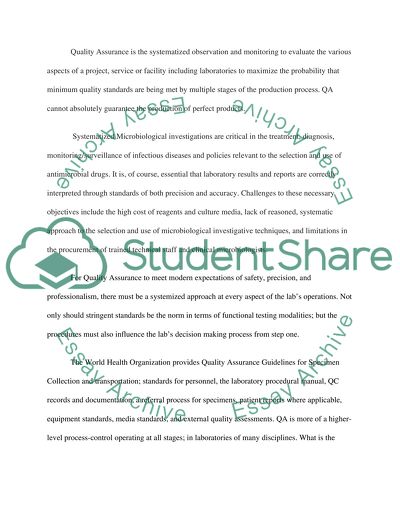Cite this document
(“A Comparison Of Quality Assurance, Quality Control, And Continuous Essay”, n.d.)
Retrieved de https://studentshare.org/health-sciences-medicine/1390133-a-comparison-of-quality-assurance-quality-control-and-continuous-quality-improvement-as-pertaining-to-the-microbiological-laboratory
Retrieved de https://studentshare.org/health-sciences-medicine/1390133-a-comparison-of-quality-assurance-quality-control-and-continuous-quality-improvement-as-pertaining-to-the-microbiological-laboratory
(A Comparison Of Quality Assurance, Quality Control, And Continuous Essay)
https://studentshare.org/health-sciences-medicine/1390133-a-comparison-of-quality-assurance-quality-control-and-continuous-quality-improvement-as-pertaining-to-the-microbiological-laboratory.
https://studentshare.org/health-sciences-medicine/1390133-a-comparison-of-quality-assurance-quality-control-and-continuous-quality-improvement-as-pertaining-to-the-microbiological-laboratory.
“A Comparison Of Quality Assurance, Quality Control, And Continuous Essay”, n.d. https://studentshare.org/health-sciences-medicine/1390133-a-comparison-of-quality-assurance-quality-control-and-continuous-quality-improvement-as-pertaining-to-the-microbiological-laboratory.


